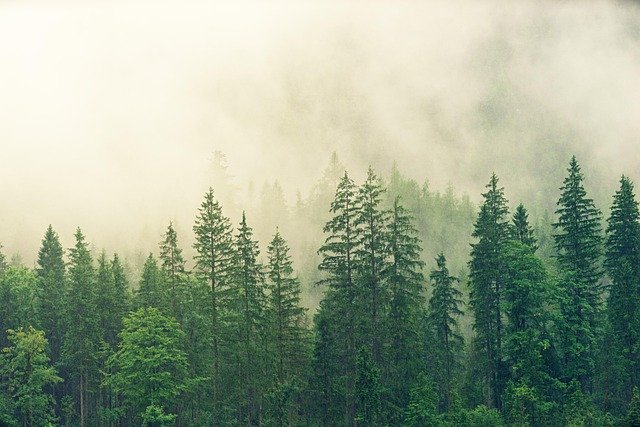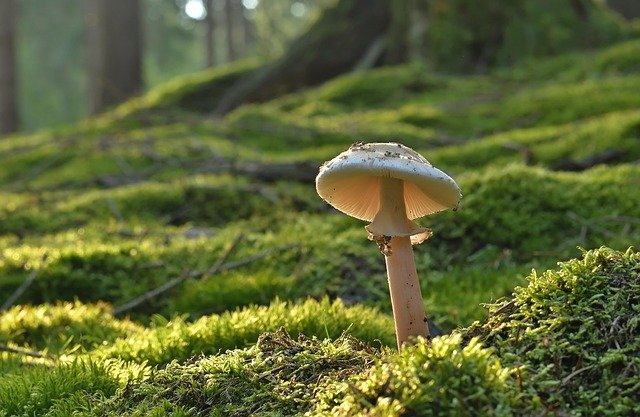**Title: "The Evolution of Storytelling in Video Games

The Secret Lives of Urban Wildlife
Urban environments are often viewed as concrete jungles, bustling with human activity and technology. However, beneath the surface of our cities lies a vibrant world of wildlife, adapting and thriving in ways we may not even realize. In this post, we will explore the fascinating lives of urban wildlife and how they navigate the challenges of city living.
The Adaptation Game
Urban wildlife has shown incredible adaptability. Animals such as raccoons, foxes, and pigeons have learned to exploit the resources available in cities. Here are a few ways they adapt:
Food Sources: Many urban animals have shifted their diets to include human food scraps. Raccoons, for example, are notorious for rummaging through trash cans, while pigeons often feast on discarded bread and seeds.
Shelter: Urban wildlife often finds shelter in unexpected places. Birds may nest in building eaves, while squirrels use tree branches and power lines to navigate the cityscape.
Behavioral Changes: Some animals have altered their behavior to avoid human interference. Nocturnal species, like skunks and opossums, may become more active at night when human activity is low.
The Hidden Ecosystem
Cities are not just barren landscapes; they are ecosystems teeming with life. Here are some of the key players in the urban wildlife scene:
Birds: From sparrows to hawks, birds are among the most visible urban wildlife. They play crucial roles in pollination and pest control, contributing to the overall health of the urban ecosystem.
Mammals: Species like deer, coyotes, and even bears have been spotted in urban areas, often venturing in search of food or new territory. Their presence serves as a reminder of the wildness that exists alongside our urban lives.
Insects: Urban areas are home to a diverse array of insects, including bees, butterflies, and beetles. These creatures are vital for pollination and maintaining the balance of urban flora.
Challenges Faced by Urban Wildlife
While urban wildlife has adapted in many ways, they still face significant challenges:
Habitat Loss: As cities expand, natural habitats are destroyed, leaving wildlife with fewer places to live and find food.
Pollution: Air and noise pollution can adversely affect animal health and behavior, making it difficult for them to thrive.
Human-Wildlife Conflict: Encounters between humans and wildlife can lead to dangerous situations for both parties. Educating the public about coexistence is essential for reducing conflict.
How You Can Help
You can play a role in supporting urban wildlife in your area. Here are some simple ways to make a difference:
Create Wildlife-Friendly Spaces: Plant native plants in your garden to provide food and shelter for local wildlife.
Reduce Waste: Properly dispose of trash and compost food scraps to minimize food sources for wildlife that can lead to conflicts.
Educate Others: Share information about urban wildlife and the importance of coexistence with your friends and community.
Conclusion
The secret lives of urban wildlife remind us that even in the busiest cities, nature finds a way to thrive. By understanding and appreciating the resilience of these animals, we can foster a more harmonious relationship with the wildlife that shares our urban spaces. Let's celebrate the hidden lives of urban wildlife and work together to create a sustainable environment for all living beings.
Feel free to share your experiences with urban wildlife in the comments below! What animals have you spotted in your city? 🦉🌳🐾

All images are taken from the Pixabay.com